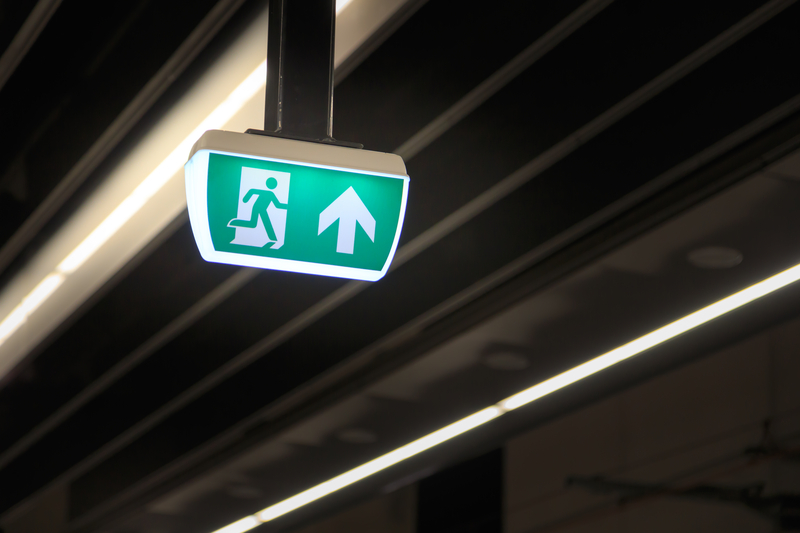How Often Does Emergency Lighting Need to be Tested?
There are many things in life that we create but hope we never have to use. Nuclear bombs, lifeboats or Marmite all fit into that box. Emergency lighting is also one of those things. We need lighting of course, but we don’t want any kind of emergency. That generally means something has gone wrong. So whilst it’s not always prevalent, it absolutely needs to work when the time comes.
When something does go wrong, buildings, ships or aeroplanes need to be evacuated, emergency lighting needs to guide people safely to the exits. When the main power supply fails and the normal lighting is unavailable, the emergency system needs to take over and provide a safe route out.
Everything You Need to Know About Emergency Lighting
The testing of emergency lights is governed in the UK by a British Standard, namely BS 5266. This is a code of practice that outlines how you should look after your emergency lighting. In addition, it also determines how the lighting should function. Whilst it doesn’t have to provide the same illumination as standard lighting, it needs to provide immediate light that gives enough illumination to help people leave the area quickly and safely.
Testing Emergency Lighting
To ensure this happens, you need to test your emergency lighting systems to ensure they work as and when required. That said, not all systems are the same. There are a number of different types of emergency lighting; escape route lighting, open area lighting, high-risk task area lighting and safety lighting. The latter was added in the most recent edition of the standard.
Depending on the types of systems you have, there will be some determination of testing schedules based on its use within your workplace. However, as a general rule, most systems will need to be checked every month with a full duration test happening every year. If you have a central battery source emergency lighting system, then you need to carry out visual inspection of the indicators every day.
All emergency lighting systems should be tested monthly. The test needs to ensure that the luminaire operates correctly without damaging the components of the system, i.e. lamps, batteries, etc.

Be sure that, when the main power is switched off with a test key, the casing is clean and undamaged. If you have a large system, then you don’t have to check the whole system every month. It can be tested in sections, as part of a formal schedule, as long as each luminaire is tested within a calendar month. You also need to keep a record of the results in a logbook and if any failures are detected, they need to be repaired or addressed as soon as possible.
Whilst all tests are obviously important, the annual test is vital. This is a full-rated duration test. This basically means that the emergency lights should provide the necessary hours of illumination. They need to be tested for the full time and still need to be working and providing the acceptable level of light at the end of the test. For example, if a luminaire is rated for 3 hours, then the lights still need to be lit after that time has elapsed.
It’s worth noting that your annual full duration test needs to be completed at a time where there is a low risk of an emergency, as much as it can be. Maybe you can do it out-of-hours or, if the building is permanently occupied, phase testing is done. This timescale is to ensure that the batteries have sufficient time to recharge.
Emergency lighting exists in that place where we don’t think about it or even need it most of the time. It’s only going to come into its own when an emergency occurs and we rely on it for our safety, so ensure it’s ready to go when (or if) it’s needed.
To find out more about how we can help you ensure your emergency lighting is installed correctly, get in touch today. Give us a call on 01604 760600 or pop us an email at info@northantsfire.co.uk.
 info@northantsfire.co.uk
info@northantsfire.co.uk 01604 760600
01604 760600